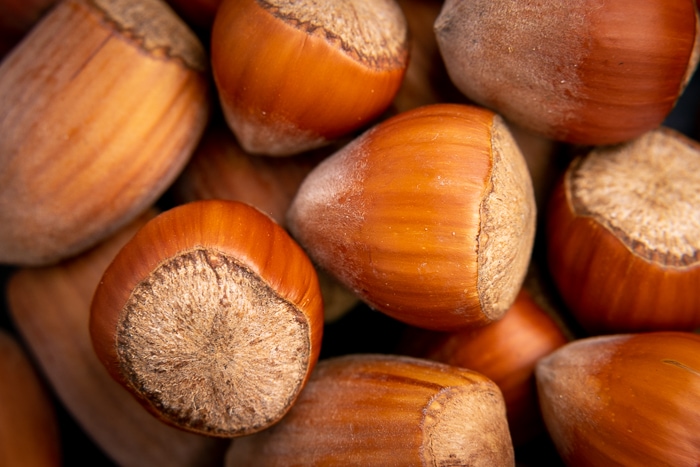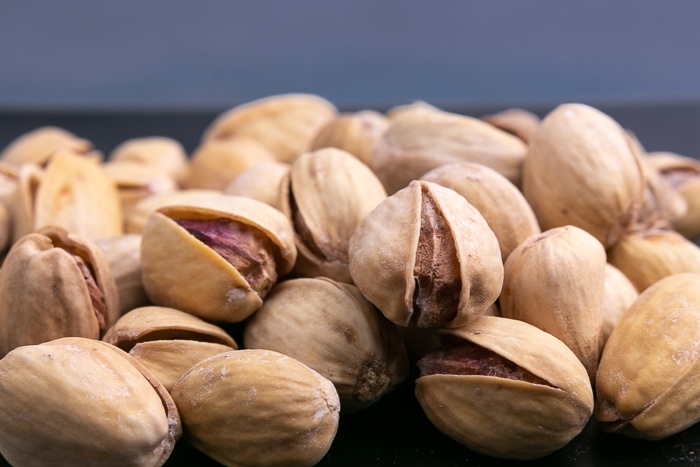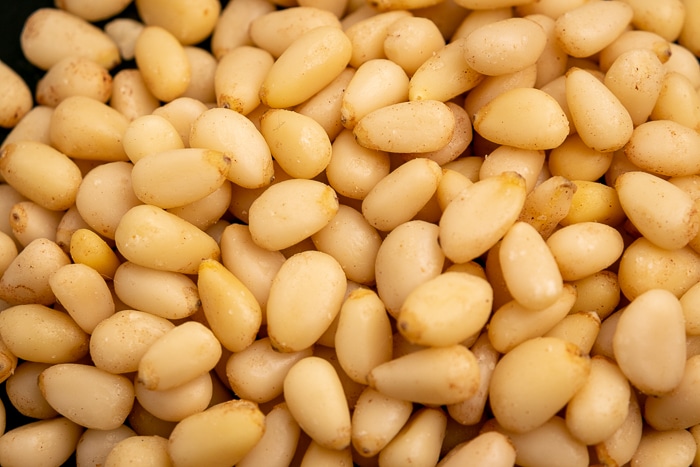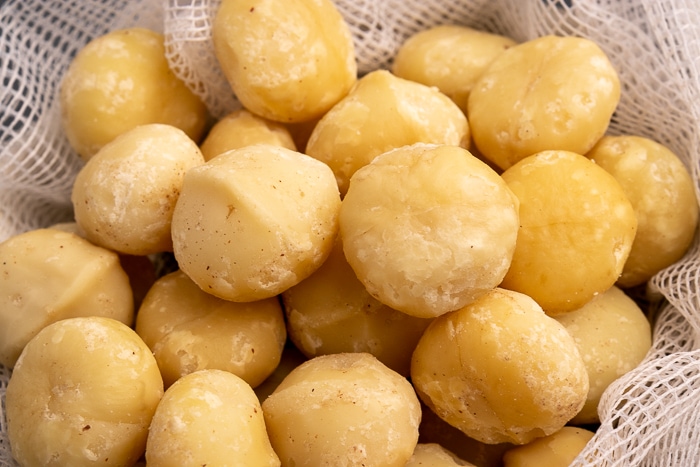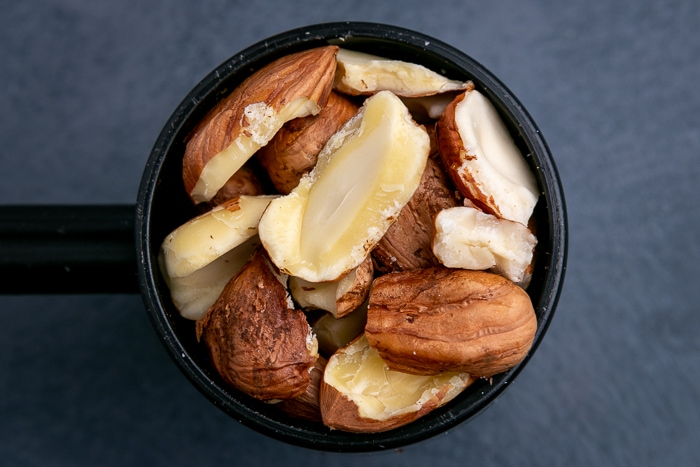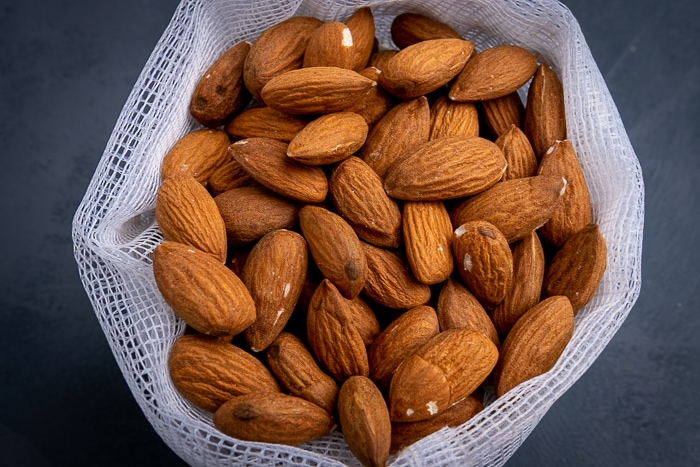Do Walnuts Go Bad?
You’ve bought a pack or two of walnuts for holiday baking. Now that you’re done with baking, it’s time to store the leftovers. You expect the nuts to stay around for a while, so you start thinking: do walnuts go bad?
Or maybe you want to include some nuts in your diet and replace that afternoon cookie with a handful of walnuts. Since you plan on eating only a small amount every day, the package of shelled walnuts you’ve bought will last quite some time. That’s why you want to know what’s the best way to store these nuts long-term.
If either situation sounds familiar, you should benefit from learning a bit more about walnuts. This article can help you with that. In it, we go through storage, shelf life, and spoilage of walnuts.
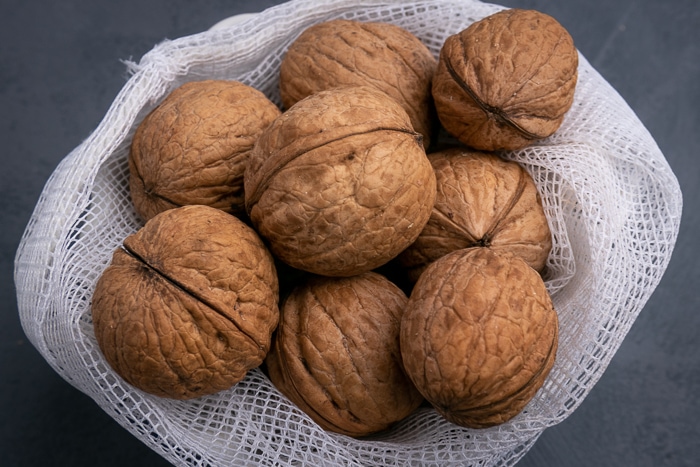
How to Store Walnuts?
Storing walnuts isn’t much different from storing other nuts, such as pecans or pine nuts.
Nuts are loaded with oil, and as you probably know, oil tends to go rancid. Rancidification can be caused by prolonged exposure to warm temperature, temperature changes, moisture, or oxygen. Therefore, storing them generally means you protect them from these factors.
Generally, walnuts are sold either with their shells on or shelled. The shell is an excellent protective barrier, thus unshelled walnuts last longer and have less strict storage requirements.
Let’s start with unshelled walnuts. Thanks to the shell, they don’t require refrigeration. You just need to keep them in a cold and dark place, away from sunlight. A dark cupboard in the pantry is probably the best option, but the kitchen can work too.
For best quality, wait to shell the walnuts until you actually need them.
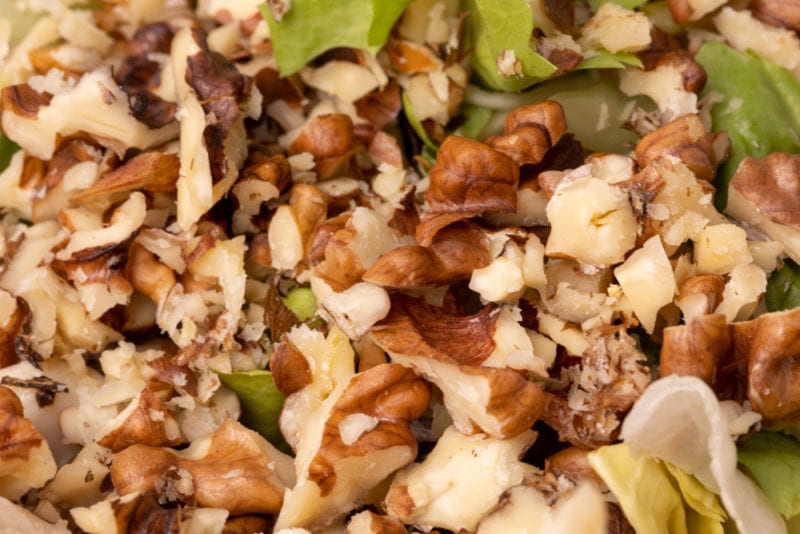
When it comes to shelled walnuts, they turn rancid much more quickly. So you should either refrigerate them or freeze them if you want to store them for a prolonged period.
As long as the package is unopened, you can toss the walnuts into the fridge as-is, no additional wrapping is required. If you want to freeze them right away, some protection is needed. An airtight container or a resealable freezer bag will do the trick.
Once you open the package, you should transfer the nuts to an airtight container or a freezer bag. That will keep the moisture from the fridge at bay and not let any strong odors in. The latter is important because walnuts out of the shell tend to pick up strong odors. The same containers work perfectly fine for freezing the nuts.
Last but not least, if you plan on chopping or grinding the nuts, try to do it right before you add the walnut meal to your recipe. That ensures the best taste.
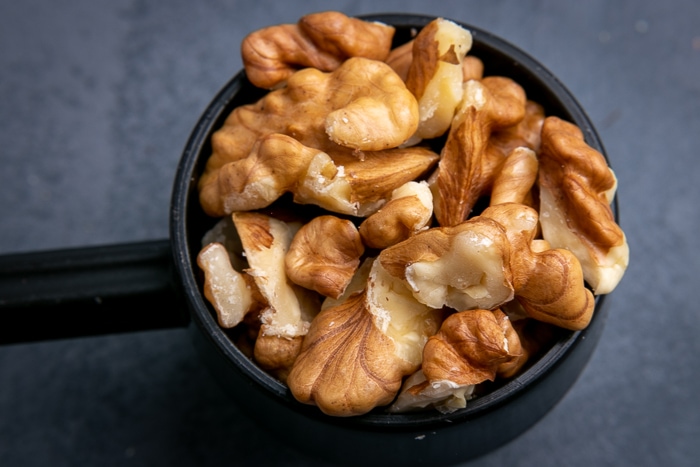
How Long Do Walnuts Last
Unshelled walnuts stay fresh in the pantry for about 12 months. Of course, it’s not like after that period all the nuts should be discarded. But chances are at least a few of them will be dried out or stale, and some of them rancid.
If you’ve bought a package with a best-by date on the label, you can easily assume that most of the nuts will last for a few more months past that date. In short, the longer you store unshelled walnuts, the more of them will turn out bad after cracking.
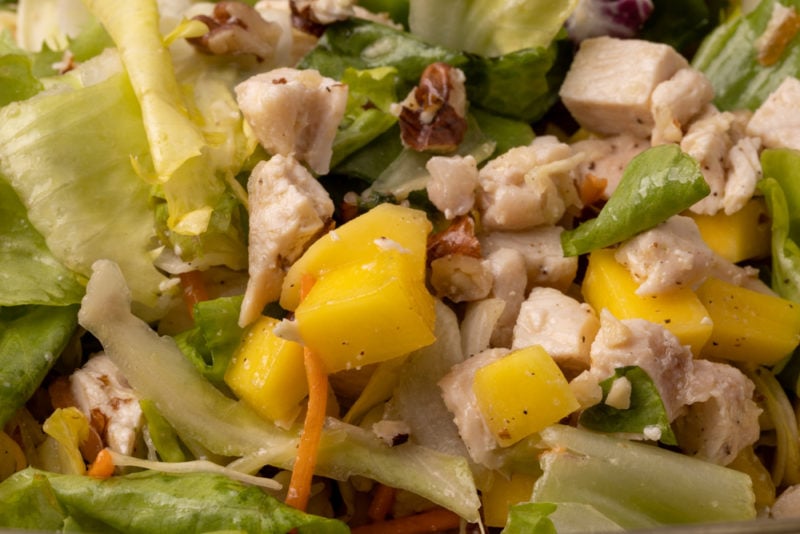
When it comes to walnuts out of the shell, it’s safe to assume that they retain freshness for about 6 months in the fridge or at least a year in the freezer.
Similarly to their unshelled counterparts, the longer you store them, the more of them will turn rancid. And rancid walnuts taste bitter, which isn’t good for any recipe you might want to use them in.
| Pantry | Fridge | |
|---|---|---|
| Walnuts (unshelled) | 12 months | |
| Walnuts (shelled) | 6 months |
Please note the estimates above are for the best quality.
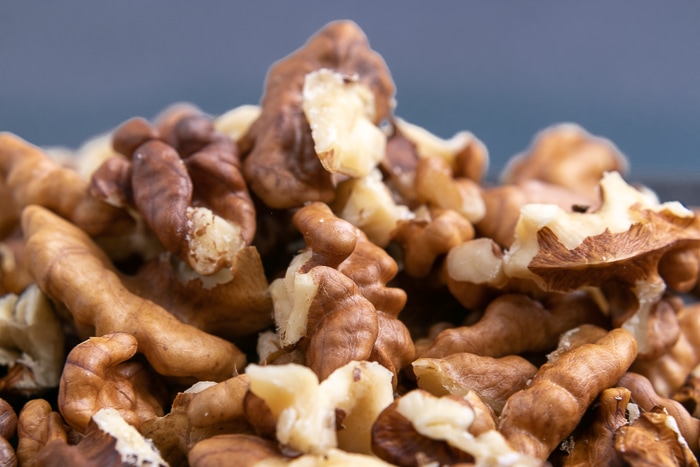
How to Tell If Walnuts Are Bad
Let’s start with unshelled walnuts. If the shell is dried out and shrunk, or simply doesn’t look healthy, you can discard the nut right away. 95 times out of 100 the walnut will be bad. If the shell looks fine, time to crack it open and see what’s inside.
Once you have the walnut shelled, take a closer look at it. Check if there’s any net forming on it or any signs of mold. If any are present, discard the walnuts.
Second, check if the nut looks healthy. If it looks dry, shriveled, or there’s anything else that doesn’t look right, it’s time for it to go.
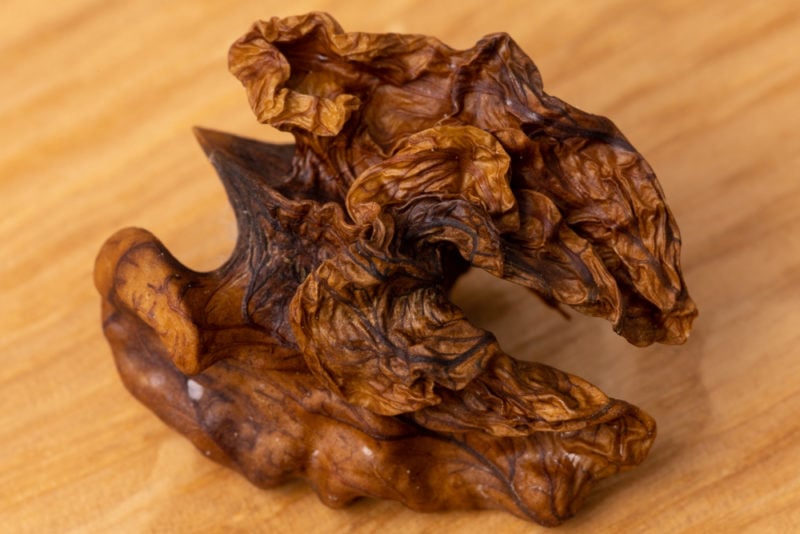
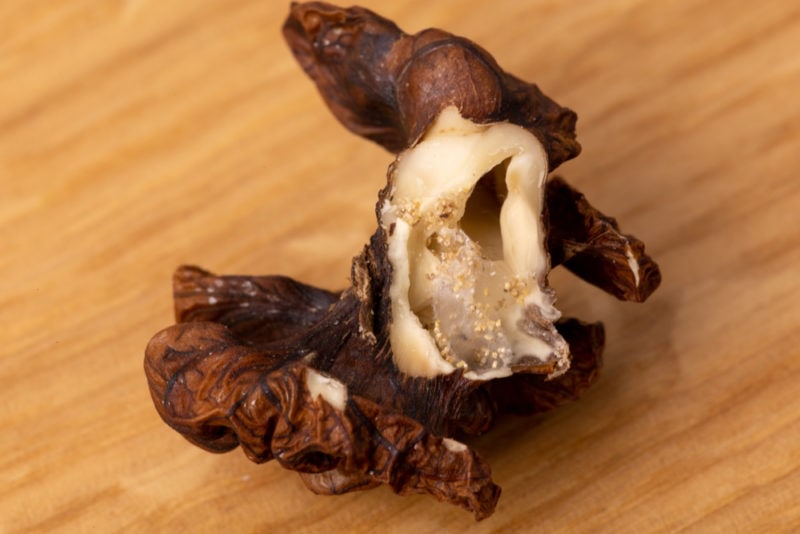
Next in the process is the sniff test. Usually, walnuts have a mild nutty aroma. If they smell more like used cooking oil or rancid oil, they are rancid.
While rancid nuts generally aren’t unsafe to eat (but definitely not healthy [HL]), their nutritional value might be diminished, plus they taste bitter. Therefore, in most cases, you want to discard them.
Even if everything about the nut seems to be okay, it can still turn out bitter, and there’s no way of knowing that without tasting it.
Sources
Rotten Records: Share Your Snap!
Caught some food past its prime? Upload your photo to “Rotten Records” and help others spot the signs of spoilage. Every image makes our food community safer and more informed!
